A Guide To Exploring The Grand Canyon
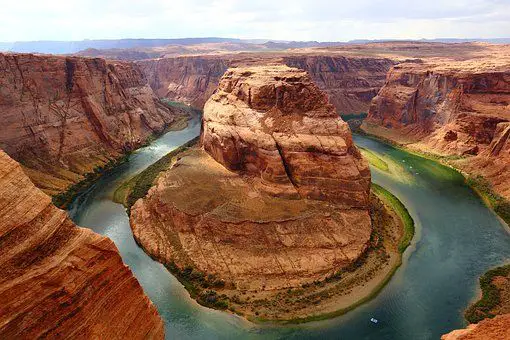
The Grand Canyon is a steep-sided canyon located in the state of Arizona, in the southwestern United States. It is carved by the Colorado River and its tributaries and is considered one of the Seven Natural Wonders of the World.
The canyon is 277 miles (446 km) long, up to 18 miles (29 km) wide, and over a mile (1.83 km) deep.
The Grand Canyon is renowned for its spectacular geological features, including colorful rock formations and towering cliffs.
The rock layers exposed in the canyon reveal millions of years of Earth's history, and the area is a popular destination for geologists, hikers, and tourists from around the world.
The Grand Canyon is managed by the National Park Service and offers numerous opportunities for outdoor recreation, including hiking, camping, rafting, and sightseeing.
There are several viewpoints along the rim of the canyon that offer breathtaking views of the surrounding landscape, and visitors can also explore the inner canyon by hiking or taking a guided tour.
The Formation of the Grand Canyon
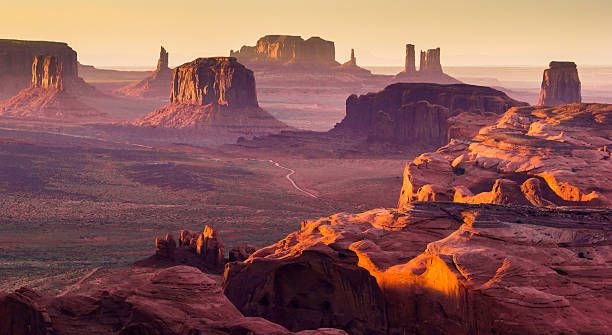
The Grand Canyon was formed over millions of years, primarily through the action of the Colorado River, which runs through it.
The river began to carve the canyon around 6 million years ago, and it continues to erode the canyon walls today.
The rocks in the canyon are some of the oldest on the planet, with some dating back over 2 billion years.
The canyon is also home to a rich array of flora and fauna, including over 1,500 plant species, over 350 bird species, and dozens of mammal species.
Some of the most notable animals in the canyon include bighorn sheep, mule deer, and the endangered California condor.
The Significance of the Grand Canyon
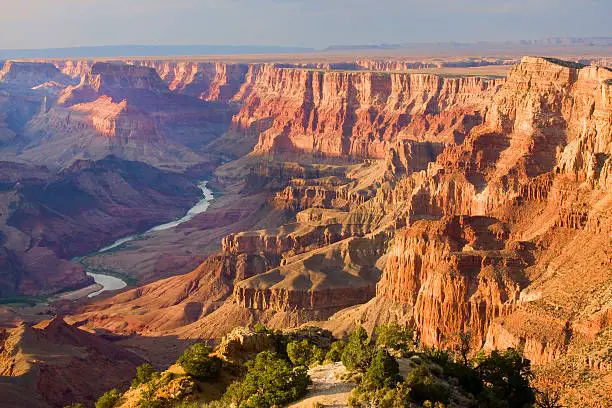
The Grand Canyon is not just a natural wonder; it is also a cultural and historical site. For centuries, it has been a sacred site for Native American tribes such as the Hopi, Navajo, and Havasupai.
These tribes have a deep spiritual connection to the canyon and have used it for ceremonies and other important events.
In the late 1800s, the Grand Canyon began to attract tourists, and it has been a popular destination ever since.
Today, millions of visitors come to the Grand Canyon each year to hike, camp, and take in the stunning views.
The Grand Canyon is also a crucial site for scientific research, with scientists studying everything from geology to ecology.
Preserving the Grand Canyon
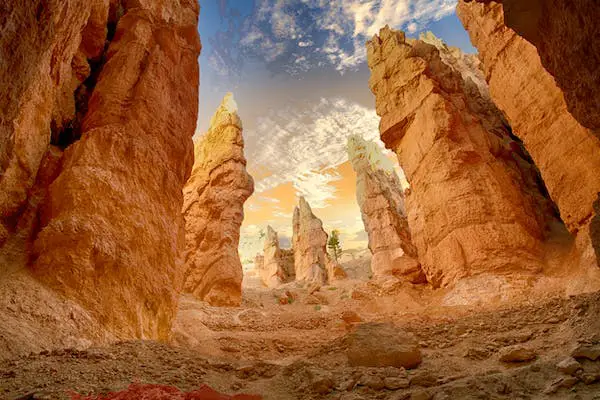
The Grand Canyon is a fragile ecosystem, and it is vital that we preserve it for future generations.
The National Park Service has been working to protect the canyon since it was designated a national park in 1919.
The park service manages the park, and visitors are asked to follow rules and regulations to minimize their impact on the environment.
One of the biggest threats to the Grand Canyon today is climate change. Rising temperatures and changing weather patterns can have a significant impact on the canyon's ecosystem.
The National Park Service is working to mitigate the effects of climate change, but it is up to all of us to do our part to reduce our carbon footprint and protect the environment.
The Grand Canyon is a natural wonder that transcends time. It is a testament to the power of nature, the passing of time, and the importance of preserving the environment.
As we continue to explore and study the canyon, it is crucial that we also work to protect it for future generations. By doing so, we can ensure that the Grand Canyon remains a source of wonder and inspiration for years to come.
When to Visit
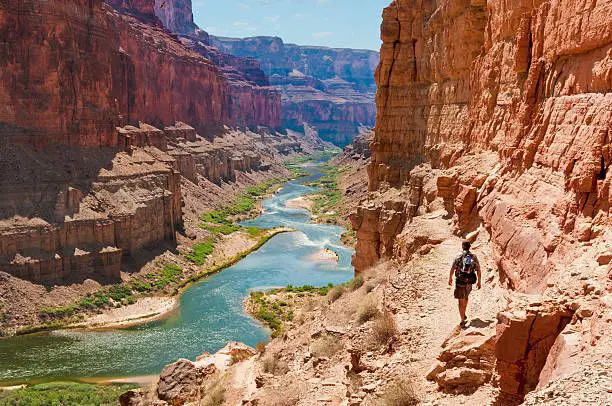
The best time to visit the Grand Canyon depends on your preferences and what you want to do. The peak tourist season is from June to August, but this is also the hottest and busiest time of the year.
If you prefer cooler temperatures and fewer crowds, consider visiting in the spring (March to May) or fall (September to November).
Winter (December to February) is the quietest time of the year, but some roads and facilities may be closed due to snow.
Ultimately, it's important to check the weather and road conditions before your visit and plan accordingly.
Where to Go
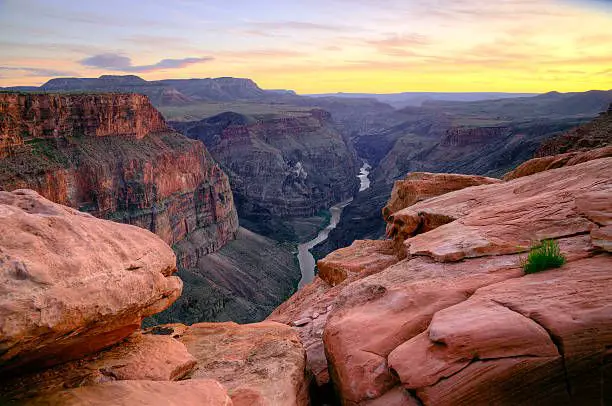
The Grand Canyon is divided into two main sections: the South Rim and the North Rim. The South Rim is the more popular and accessible section, with more amenities, hiking trails, and viewpoints.
The North Rim is more remote and less crowded, with fewer facilities and limited access during the winter months.
Both rims offer spectacular views of the canyon, but the North Rim tends to be quieter and less crowded. If you have the time, consider visiting both rims to get a complete experience of the Grand Canyon.
Things to Do
1. Hiking
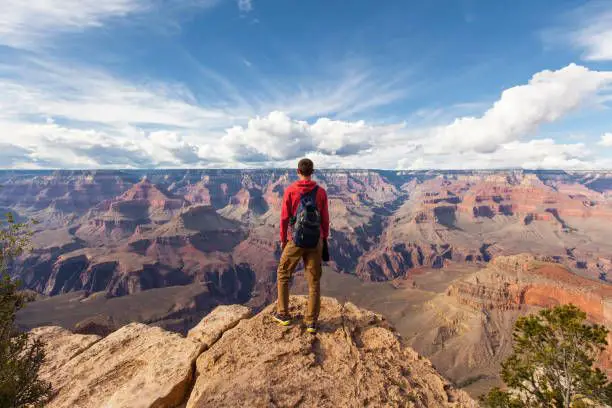
The Grand Canyon is known for its incredible hiking trails, ranging from easy walks along the rim to challenging backcountry treks. Some popular trails include:
Bright Angel Trail: This trail is one of the most popular and well-maintained trails in the Grand Canyon.
It's a 12-mile round trip hike that takes you down to the Colorado River and back up to the South Rim. There are several rest stops along the way with water and shade.
South Kaibab Trail: This trail is shorter but steeper than the Bright Angel Trail, making it a more challenging hike.
It's a 6.8-mile round trip hike that takes you down to the Colorado River and offers stunning views of the canyon along the way.
Rim Trail: This trail follows the rim of the canyon and offers stunning views of the canyon and its surroundings. The trail is mostly flat and easy, making it perfect for a leisurely walk or a sunset stroll.
It's important to note that hiking in the Grand Canyon can be strenuous and requires preparation.
Make sure to bring plenty of water, snacks, and sunscreen, and wear comfortable and sturdy hiking shoes.
It's also important to stay on designated trails and follow park rules and regulations. If you're planning a backcountry hike, you'll need a permit from the National Park Service.
2. Scenic Drives
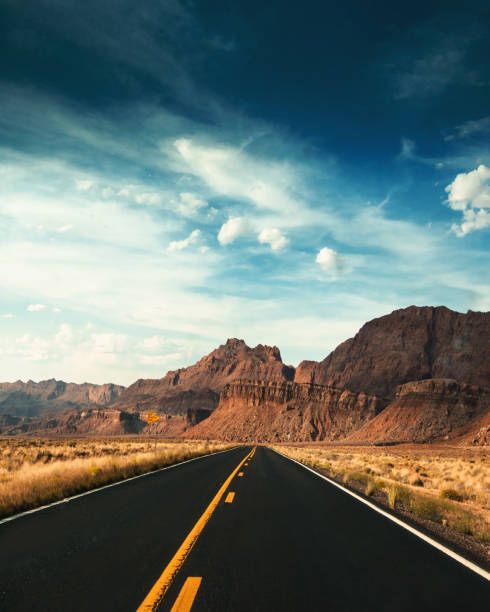
If you prefer a more leisurely approach to exploring the Grand Canyon, taking a scenic drive is a great option. Here are some popular scenic drives in the park:
Desert View Drive: This 25-mile drive takes you along the South Rim and offers stunning views of the canyon and its surroundings. Highlights along the drive include the Desert View Watchtower, Navajo Point, and Lipan Point.
Hermit Road: This 7-mile road is closed to private vehicles from March to November and can only be accessed by shuttle bus. The road offers breathtaking views of the canyon and its colorful rock formations.
Cape Royal Road: This scenic drive on the North Rim takes you to Cape Royal, which offers stunning panoramic views of the canyon. The drive is 23 miles round trip and takes you through forests and meadows before reaching the viewpoint.
Taking a scenic drive is a great way to see the Grand Canyon's beauty from a different perspective. Just remember to follow park regulations, stay on designated roads, and watch for wildlife on the roads.
3. Wildlife Watching
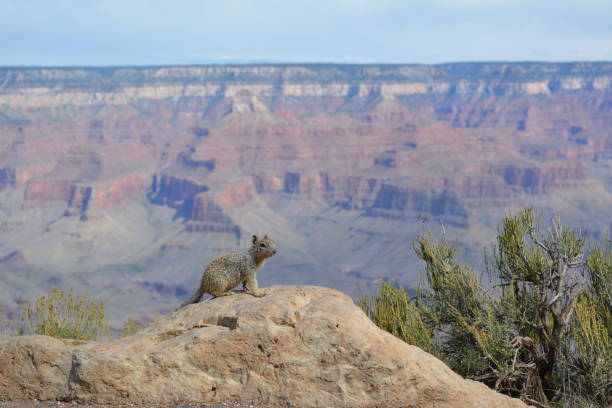
The Grand Canyon is home to a variety of wildlife, from tiny squirrels to majestic elk and bighorn sheep. Here are some tips for wildlife watching in the park:
Stay alert: Keep your eyes and ears open as you explore the park. Wildlife can be unpredictable and may appear at any time, so stay vigilant and keep a safe distance.
Observe from a distance: It's important to respect the animals' space and avoid approaching or feeding them. Stay at least 100 yards away from bears and wolves, and 50 yards away from all other wildlife.
Use binoculars or a camera with a telephoto lens: If you want a closer look at the wildlife, use binoculars or a camera with a telephoto lens to get a better view without getting too close.
Visit at dawn or dusk: Many animals are most active at dawn and dusk, so these are good times to go wildlife watching. However, be aware that some trails and roads may be closed during these times.
Know the rules: Make sure to familiarize yourself with the park's rules and regulations regarding wildlife. Do not disturb or harass the animals, and be sure to properly dispose of your trash to avoid attracting wildlife.
Remember that the safety of both you and the animals is of the utmost importance when wildlife watching. By following these guidelines, you can enjoy watching the park's wildlife in a responsible and respectful way.
4. Rafting
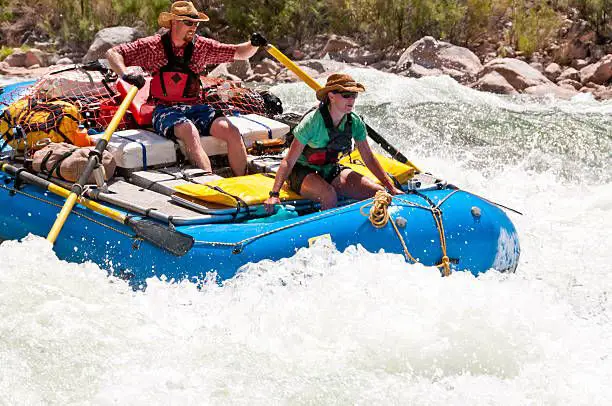
Rafting through the Grand Canyon is a popular way to experience the park's natural beauty and adventure. Here are some things to keep in mind if you're interested in rafting:
Choose a reputable outfitter: There are several outfitters that offer guided rafting trips through the Grand Canyon. Choose a reputable outfitter that is licensed by the National Park Service and has a good safety record.
Decide on your trip length: Rafting trips can range from a half-day to several weeks, depending on your preferences and budget. Keep in mind that longer trips require more preparation and gear.
Know your skill level: Rafting through the Grand Canyon can be challenging and requires some level of experience. Be honest about your skill level and choose a trip that matches your abilities.
Pack the essentials: Rafting trips require specific gear and equipment, including a dry bag, wetsuit, helmet, and life jacket. Check with your outfitter to see what gear is included and what you need to bring.
Respect the environment: The Grand Canyon is a fragile ecosystem, and it's important to minimize your impact while rafting. Follow Leave No Trace principles, dispose of waste properly, and avoid disturbing wildlife.
Rafting through the Grand Canyon is an unforgettable experience that combines adventure, nature, and stunning scenery. By choosing a reputable outfitter, preparing properly, and respecting the environment, you can have a safe and enjoyable trip.
Tips for Visiting
Plan Ahead

Planning ahead is crucial for a successful and enjoyable trip to the Grand Canyon. Here are some tips to help you plan:
Book accommodations early: The Grand Canyon is a popular destination, and accommodations can fill up quickly, especially during peak season. Book your accommodations well in advance to ensure availability and get the best rates.
Research activities and trails: The Grand Canyon offers a variety of activities and trails, so it's important to research ahead of time to decide what you want to do and see. Make a list of your top priorities and plan your itinerary accordingly.
Check park regulations: The National Park Service has regulations in place to protect the park and ensure visitor safety. Make sure to familiarize yourself with the regulations before you arrive to avoid any issues.
Pack appropriately: The Grand Canyon can have extreme weather conditions, so it's important to pack appropriately for the season. Be sure to bring sturdy and comfortable shoes for hiking, as well as sunscreen, water bottles, and snacks.
Consider guided tours: If you're unfamiliar with the Grand Canyon or want to learn more about its history and geology, consider taking a guided tour. There are several guided tours available, including hiking, rafting, and helicopter tours.
By planning ahead and doing your research, you can have a smooth and enjoyable trip to the Grand Canyon.
Remember to be flexible, as weather and trail conditions can change quickly, and always prioritize safety while exploring the park.
Stay Hydrated
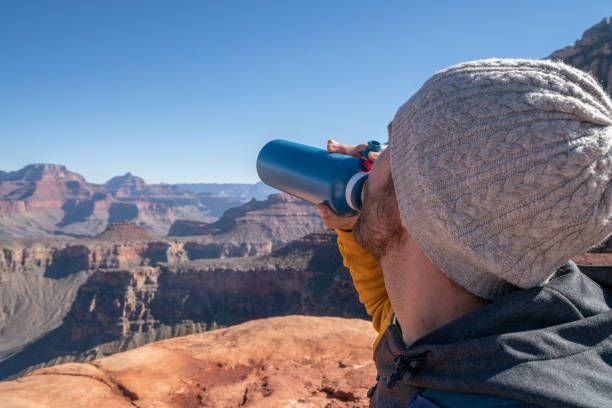
Staying hydrated is essential when visiting the Grand Canyon, especially during the hot and dry summer months. Here are some tips to help you stay hydrated:
Bring plenty of water: The National Park Service recommends that visitors bring at least one gallon of water per person per day when visiting the Grand Canyon. Make sure to bring enough water for the duration of your trip and keep a water bottle with you at all times.
Drink water regularly: Don't wait until you're thirsty to drink water. Make a habit of drinking water regularly throughout the day, especially during physical activity.
Avoid sugary or alcoholic drinks: Sugary or alcoholic drinks can actually dehydrate you, so it's best to avoid them while visiting the Grand Canyon. Stick to water or sports drinks with electrolytes to replenish your body's fluids.
Eat hydrating foods: Some foods, like watermelon, cucumber, and celery, have high water content and can help keep you hydrated. Consider bringing these foods as snacks or incorporating them into your meals.
Take breaks in the shade: When hiking or exploring the park, take frequent breaks in the shade to avoid overheating. Wear a hat and lightweight, breathable clothing to help keep you cool.
Staying hydrated is crucial when visiting the Grand Canyon, as dehydration can lead to serious health issues. By following these tips and making hydration a priority, you can stay healthy and enjoy all that the park has to offer.
Respect the Environment
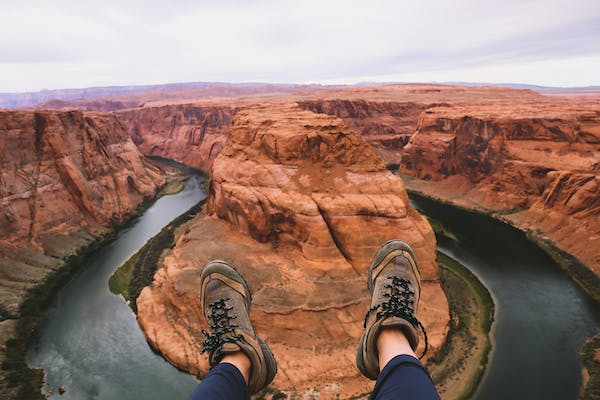
Respecting the environment is critical when visiting the Grand Canyon. Here are some tips to help you minimize your impact on the park:
Follow Leave No Trace principles: The Leave No Trace Center for Outdoor Ethics has seven principles to help reduce the impact of outdoor activities on the environment.
These principles include packing out all trash, disposing of waste properly, and minimizing campfire impact.
Stay on designated trails: Staying on designated trails helps protect the fragile ecosystem of the Grand Canyon and prevents damage to plant and animal habitats. Avoid cutting switchbacks or creating new trails.
Keep a safe distance from wildlife: The Grand Canyon is home to a variety of wildlife, including bighorn sheep, elk, and rattlesnakes. Keep a safe distance from wildlife to avoid disturbing them or putting yourself in danger.
Respect cultural sites: The Grand Canyon has a rich history of human occupation, and there are several cultural sites and artifacts throughout the park.
Respect these sites by not touching or removing any artifacts and not disturbing the surrounding area.
Use designated campsites: If you plan on camping in the Grand Canyon, use designated campsites to minimize impact on the environment. Follow all campfire regulations and leave the campsite better than you found it.
By respecting the environment and following these tips, you can help preserve the Grand Canyon for future generations to enjoy.
Remember that every visitor has a responsibility to protect the park and leave it in the same condition they found it.
Conclusion
The Grand Canyon is a natural wonder that offers endless opportunities for exploration and adventure.
Whether you prefer hiking, scenic drives, wildlife watching, or rafting, the Grand Canyon has something for everyone.
However, it's essential to plan ahead, stay hydrated, and respect the environment to have a safe and enjoyable trip.
By following these tips and making the most of your visit, you can experience the beauty and grandeur of the Grand Canyon while minimizing your impact on the park.
So pack your bags, grab your camera, and get ready to discover one of the most awe-inspiring natural wonders in the world.
